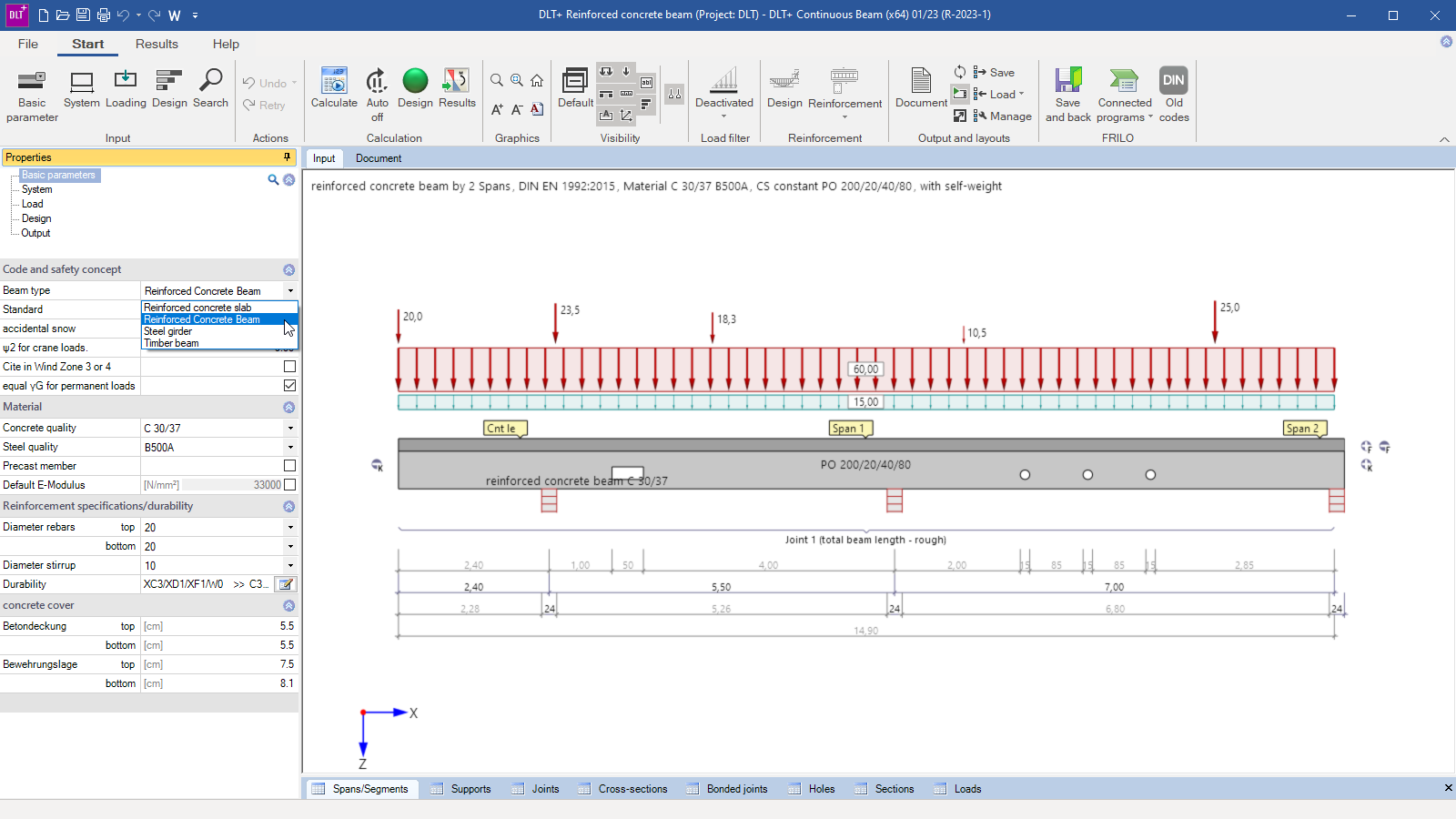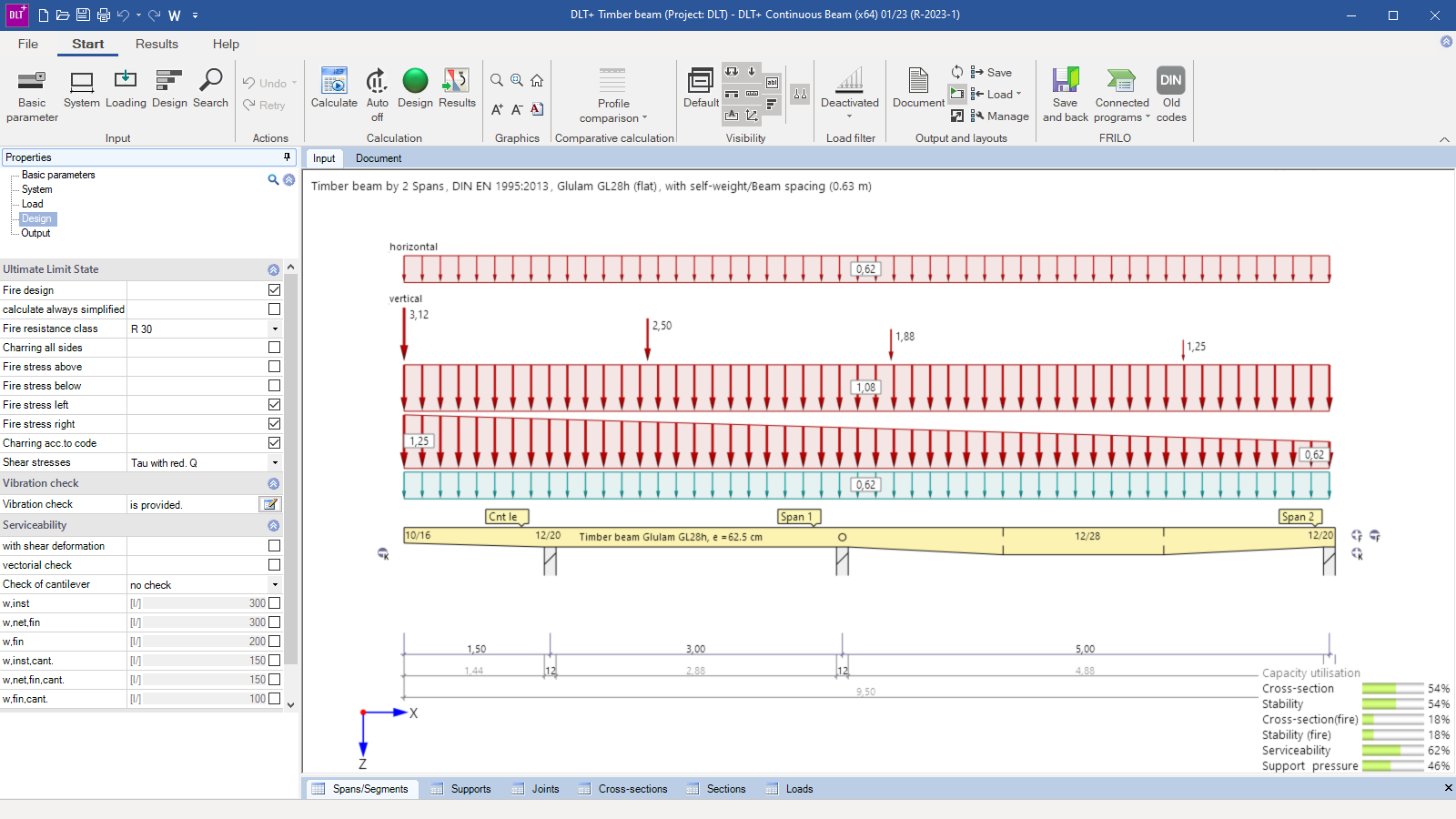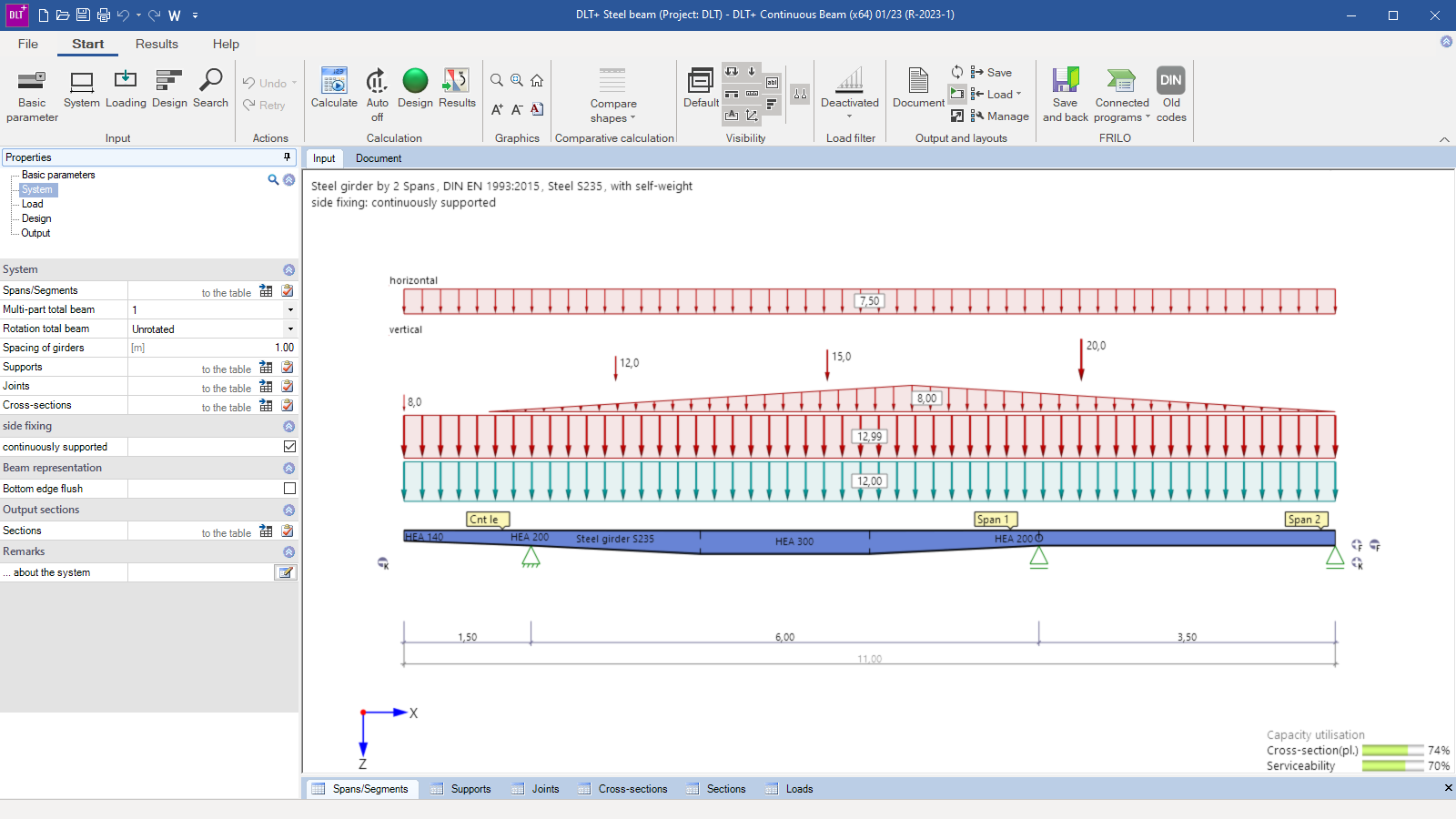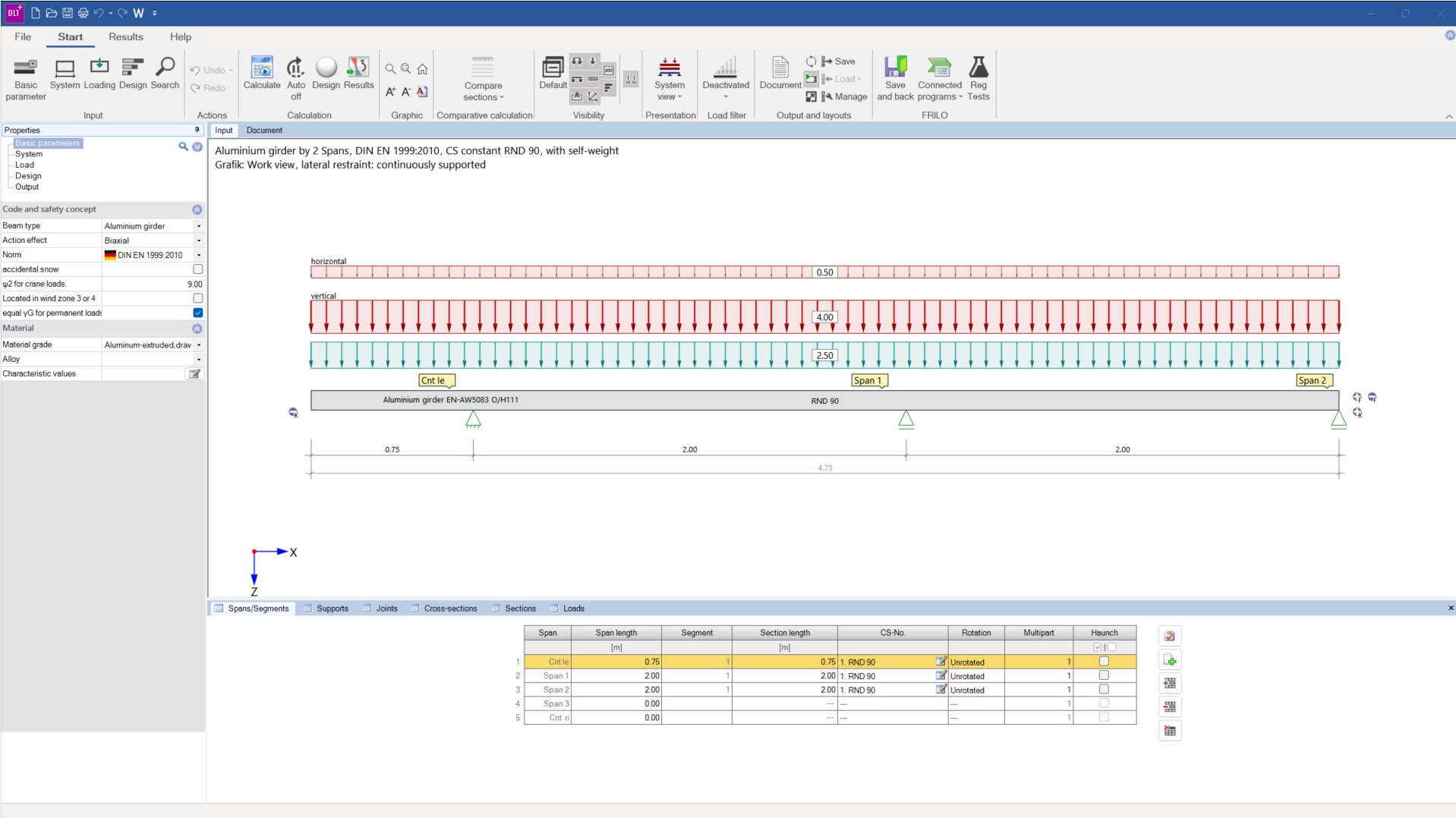
Continuous Beam
The “Continuous Beam” module can be used to calculate single-span and continuous beams for reinforced concrete, steel, timber and aluminum with an unlimited number of spans, with or without cantilevers. Cross-sections can be constant or variable. Joints are also possible. In addition to the optically adapted interface, better usability, a clear and detailed customizable documentation, the program offers an interactive reinforcement layout.
Also available in FRILO Professional und FRILO Ultimate
Core capabilities
Material
- Reinforced Concrete
- Steel
- Timber
- Aluminium
Beam types
- Reinforced concrete slabs (with reinforcement layout)
- Uniaxial and biaxial reinforced concrete beams (with reinforcement layout)
- Uniaxial and biaxial steel beams
- Uniaxial and biaxial timber beams
- Uniaxial and biaxial aluminium beams
Depending on the selected material, the cross-section definition is adjusted. Depending on the material, haunches and cross-section discontinuities, block-outs or multi-part/rotated/reinforced cross-sections can be defined, for example. The selection from the FRILO steel database is also available for steel cross-sections. For reinforced concrete cross-sections, users can define concrete and reinforcing steels.
Loads
Standard loading and multi-span loading can be defined as uniformly distributed load, concentrated load, concentrated moment, trapezoidal load and triangular load.
General
For concrete, steel, timber and aluminium, the program carries out the stress analysis for the preselected cross-section dimensions.
Reinforced concrete slabs and beams
- Automatic analysis of the effective slab width
- Analysis of the deformations in state II for reinforced concrete cross-sections with standards based on the partial safety concept
- Crack width verification (limit diameter) and stress analysis
- Consideration of the durability requirements
- Analysis of the creep coefficient and the shrinkage strain in the serviceability analyses
- Verification of the shear joint for slabs and T-beams
- Analysis of the connection of the compression flange (shear joint analysis) for T-beams
Timber beams
- Optional consideration of shear deformations
- Vibration analysis
- Fire protection design
- Stability analysis
- Optimization of the dimensioning and design
Steel beams
- Stability analysis
- Optimization of the dimensioning and design
Aluminium beams
- Cross-section verification
- Optimization of the dimensioning and design
Document file formats
- Word
- Printer
Output
- Brief
- Minimum
- User-defined
Load transfer
- Reinforced Concrete Column B5+
- Timber Column HO1+
- Single-span Steel Column STS+
- Reinforced Concrete Corbel B9+
- Reinforced Concrete Half Joint B10+
- Framework RSX
- Reinforced Timber Beam HTV+
- Timber Compression TB-HHS
- Lateral Torsional Buckling Analysis BTII+
Data transfer
The analysis of steel beams for lateral torsional buckling and elastic-plastic analyses can be performed per data transfer to the program Lateral Torsional Buckling Analysis BTII+.
Reinforced concrete
- DIN EN 1992
- NTC EN 1992
- ÖNORM EN 1992
- BS EN 1992
- PN EN 1992
- EN 1992
Steel
- DIN EN 1993
- ÖNORM EN 1993
- BS EN 1993
- PN EN 1993
- EN 1993
Timber
- DIN EN 1995
- NTC EN 1995
- ÖNORM EN 1995
- BS EN 1995
- PN EN 1995
- EN 1995
Aluminium
- DIN EN 1999
Support resources
News
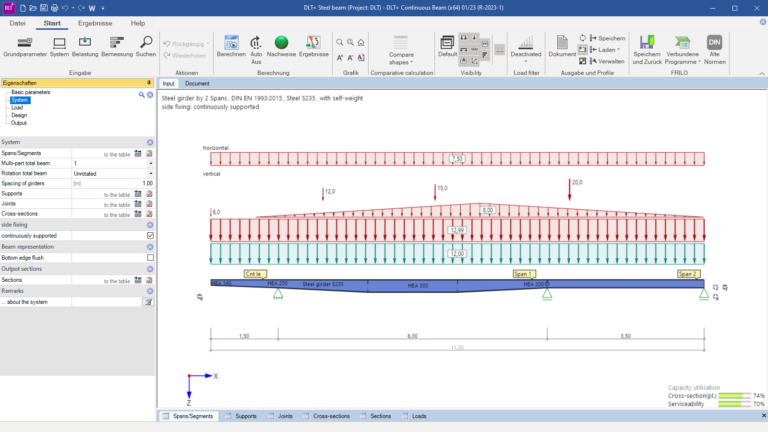
Material-independent calculation of continuous beams
The FRILO program Continuous Beam can be used to calculate single-span beams and continuous beams of concrete, steel and timber with any number of spans and with or without cantilevers.
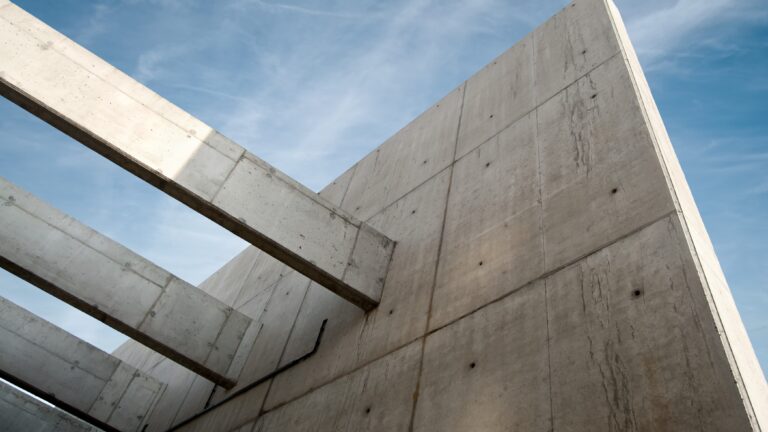
FRILO Release 2023-1: The latest version saves time and contributes to climate efficiency
FRILO Software GmbH has successfully delivered the software version 2023-1. With the update, the vendor of innovative solutions for structural analysis and design launches four new PLUS programs – including DLT Continuous Beam.

